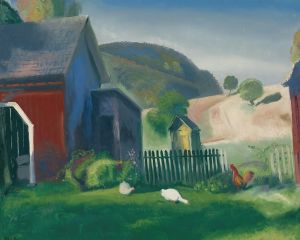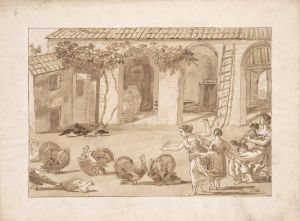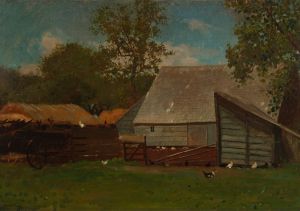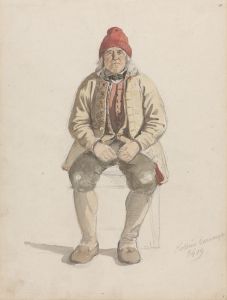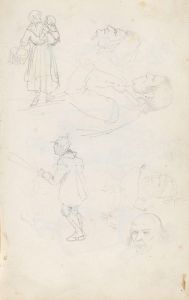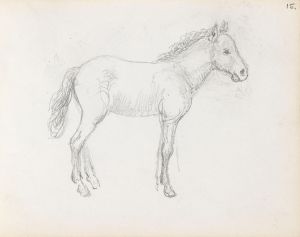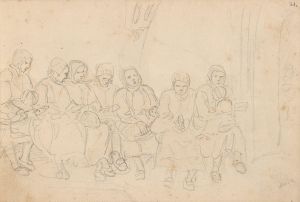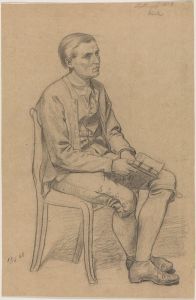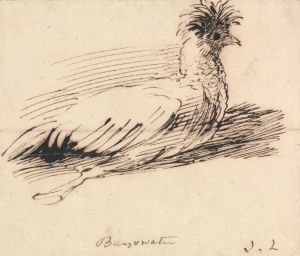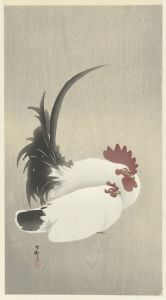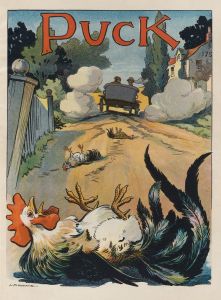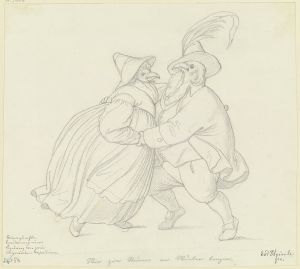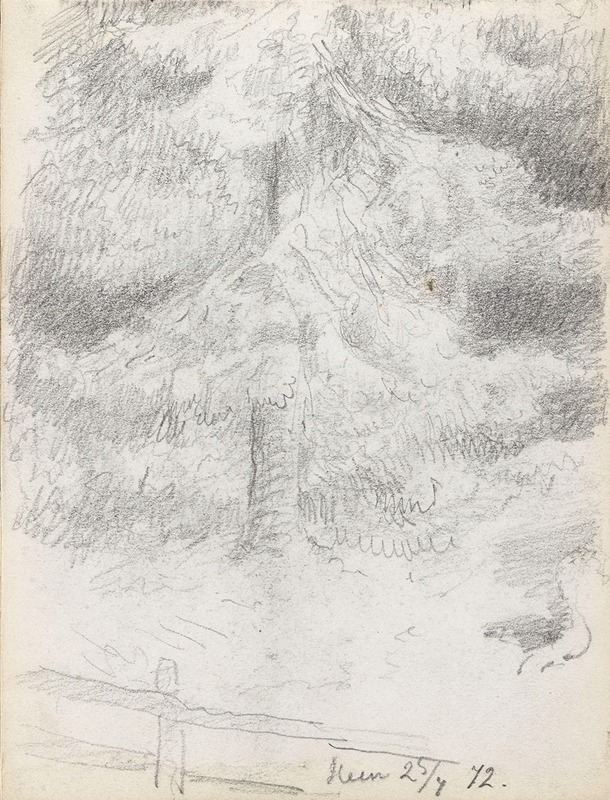
Trestudie, Hen
A hand-painted replica of Adolph Tidemand’s masterpiece Trestudie, Hen, meticulously crafted by professional artists to capture the true essence of the original. Each piece is created with museum-quality canvas and rare mineral pigments, carefully painted by experienced artists with delicate brushstrokes and rich, layered colors to perfectly recreate the texture of the original artwork. Unlike machine-printed reproductions, this hand-painted version brings the painting to life, infused with the artist’s emotions and skill in every stroke. Whether for personal collection or home decoration, it instantly elevates the artistic atmosphere of any space.
Adolph Tidemand was a prominent Norwegian painter in the 19th century, known for his detailed and evocative depictions of Norwegian folk life and traditions. One of his works, "Trestudie, Hen," is a testament to his skill in capturing the essence of rural Norway during this period. Although specific information about "Trestudie, Hen" is limited, it is important to understand the context of Tidemand's work and his influence on Norwegian art.
Adolph Tidemand was born on August 14, 1814, in Mandal, Norway. He pursued his artistic education at the Academy of Fine Arts in Copenhagen and later continued his studies in Düsseldorf, Germany, which was a significant center for art at the time. Tidemand became associated with the Düsseldorf School of painting, which emphasized detailed realism and often focused on historical and genre scenes. This background greatly influenced his artistic style and thematic choices.
Tidemand's work is characterized by its attention to detail and its focus on the everyday lives of Norwegian people. He was particularly interested in capturing the customs, costumes, and landscapes of rural Norway, which were undergoing significant changes during the 19th century due to industrialization and modernization. His paintings often serve as historical documents, preserving the cultural heritage of Norway for future generations.
"Trestudie, Hen" fits within this broader context of Tidemand's oeuvre. While specific details about the painting are scarce, it can be inferred that it likely depicts a scene from Norwegian rural life, consistent with Tidemand's other works. His paintings often feature scenes of domestic life, religious practices, and community gatherings, rendered with a keen eye for authenticity and cultural detail.
Tidemand's influence on Norwegian art cannot be overstated. Alongside his contemporary Hans Gude, with whom he collaborated on several projects, Tidemand played a crucial role in the development of Norwegian national romanticism in art. This movement sought to celebrate and preserve the unique cultural identity of Norway at a time when it was asserting its independence and national identity.
Throughout his career, Tidemand received numerous accolades and his works were widely exhibited across Europe. His paintings are held in high regard and are part of the collections of several major museums, including the National Gallery in Oslo. Tidemand's legacy continues to be celebrated in Norway, where he is regarded as one of the foremost painters of the 19th century.
In conclusion, while specific information about "Trestudie, Hen" is limited, understanding Adolph Tidemand's broader body of work and his impact on Norwegian art provides valuable insight into the significance of his paintings. His dedication to capturing the essence of Norwegian life and culture has left an indelible mark on the art world, making his works important cultural artifacts.





